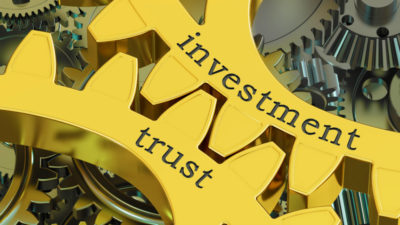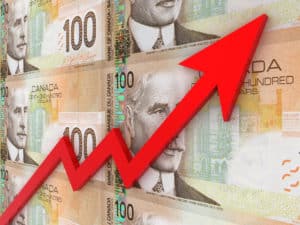The Canada Emergency Response Benefit (CERB) came to life when the Employment Insurance (EI) system was overwhelmed by benefits claimants in mid-March 2020. CERB has initially been $8,000 for 16 weeks but with two extensions to bring the total payout to $14,000 for up to 28 weeks.
The Canada Revenue Agency (CRA) will make the last CERB payments on September 27, 2020. At the same time, the government will transition as many as possible to the revitalized EI system. Despite the ease in qualifying hours, some will still not qualify for EI. However, there will be new recovery benefits available.
Valuable income support
The flagship program of Canada’s COVID-19 Response Plan did a fantastic job in easing the financial burden of millions of displaced Canadian workers and self-employed individuals. Although recipients will contend with the taxes due in next year’s tax season, people welcomed the economic assistance.
Still, CERB is a novelty, notwithstanding the expensive cost of the package. The new scheme, with three income-support measures, emergency measures, is untested. Similarly, the new floor is $400 per week rather than the $500 weekly CERB. The minimum coverage of the taxable benefits is at least 26 weeks.
Unanticipated outcome
All’s well that ends well indeed. Something positive emerged from the CERB experience. Statistics Canada is reporting a sharp pullback in household spending during the second quarter of 2020. The savings rate soared to 28%, the highest ever recorded.
The CRA and Service Canada were disbursing pandemic money at incredible speeds so people would have money to spend during the health crisis. But it seems Canadians are looking after their financial welfare. Instead of exhausting their income replacements, people are saving cash.
CERB is a temporary lifeline and for emergency use. However, Canadians are ready to find a suitable replacement for CERB. People can use their savings to invest and create a more lasting income.
How to get started
The quickest way to build an emergency fund or permanent income stream is to invest within a Tax-Free Savings Account (TFSA). A Dividend Aristocrat like the National Bank of Canada (TSX:NA) is perfect for investors of any generation. The bank stock offers a respectable 3.91% dividend.
Assuming your free cash is $7,000 or 50% of the total CERB, the tax-free income is $273.70. Your TFSA balance will increase as you add more shares and keep reinvesting the dividends. The bank stock fell to as low as $37.78 in the recent market selloff but has since recovered.
As of September 4, 2020, National Bank is trading at $72.58 per share, and investors are now winning by 3.21% year to date. Furthermore, it’s worth noting that the sixth-largest bank in Canada has no plans of cutting dividends.
In Q3 fiscal 2020, total assets went up 1.7% to $322.5 billion versus the prior quarter. Expect organic growth in the recovery phase.
Bandwagon
Join the bandwagon of CERB recipients who are saving rather than spending the pandemic money. Priorities are changing. You will not wallow in financial misery if there’s a permanent replacement for CERB.








